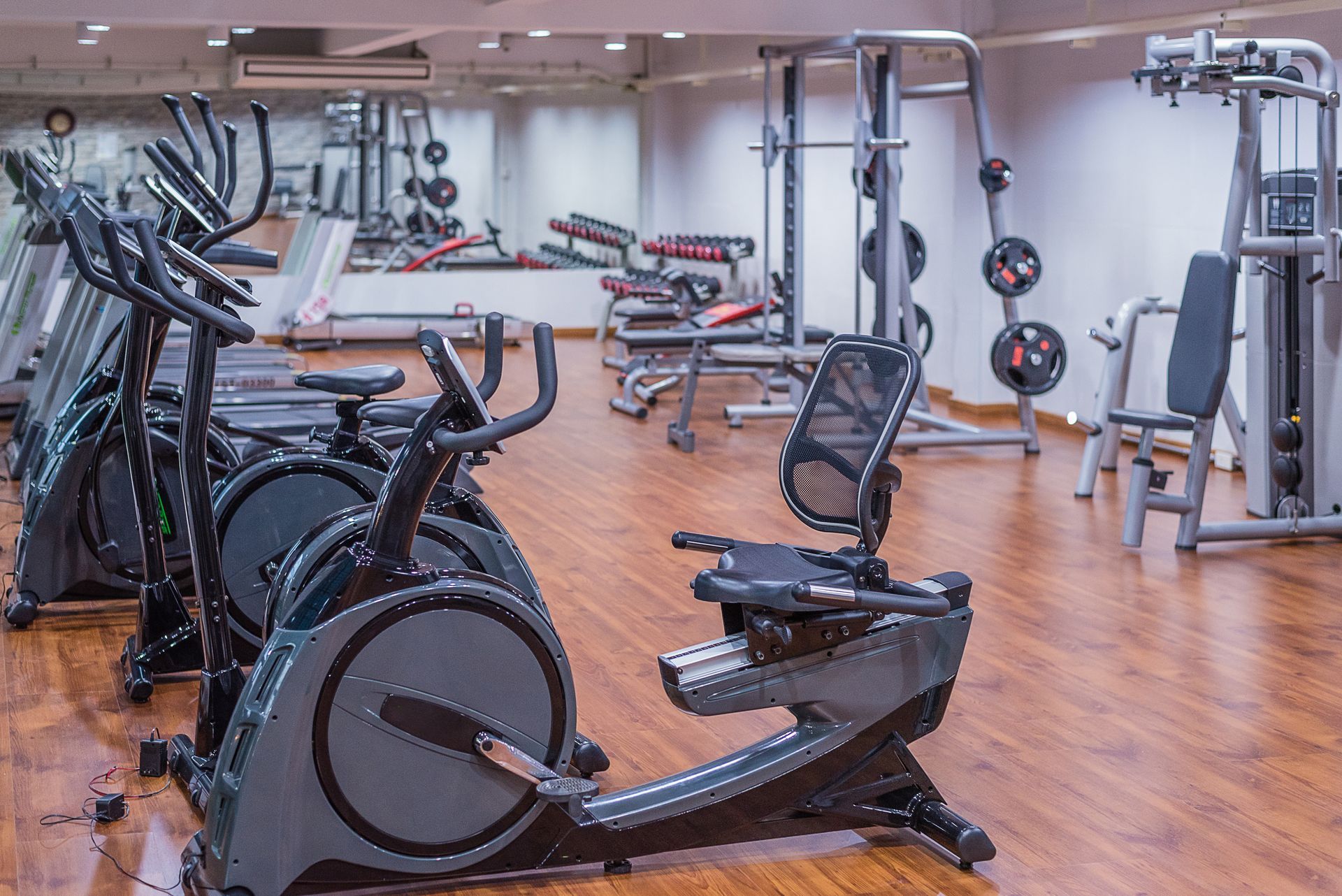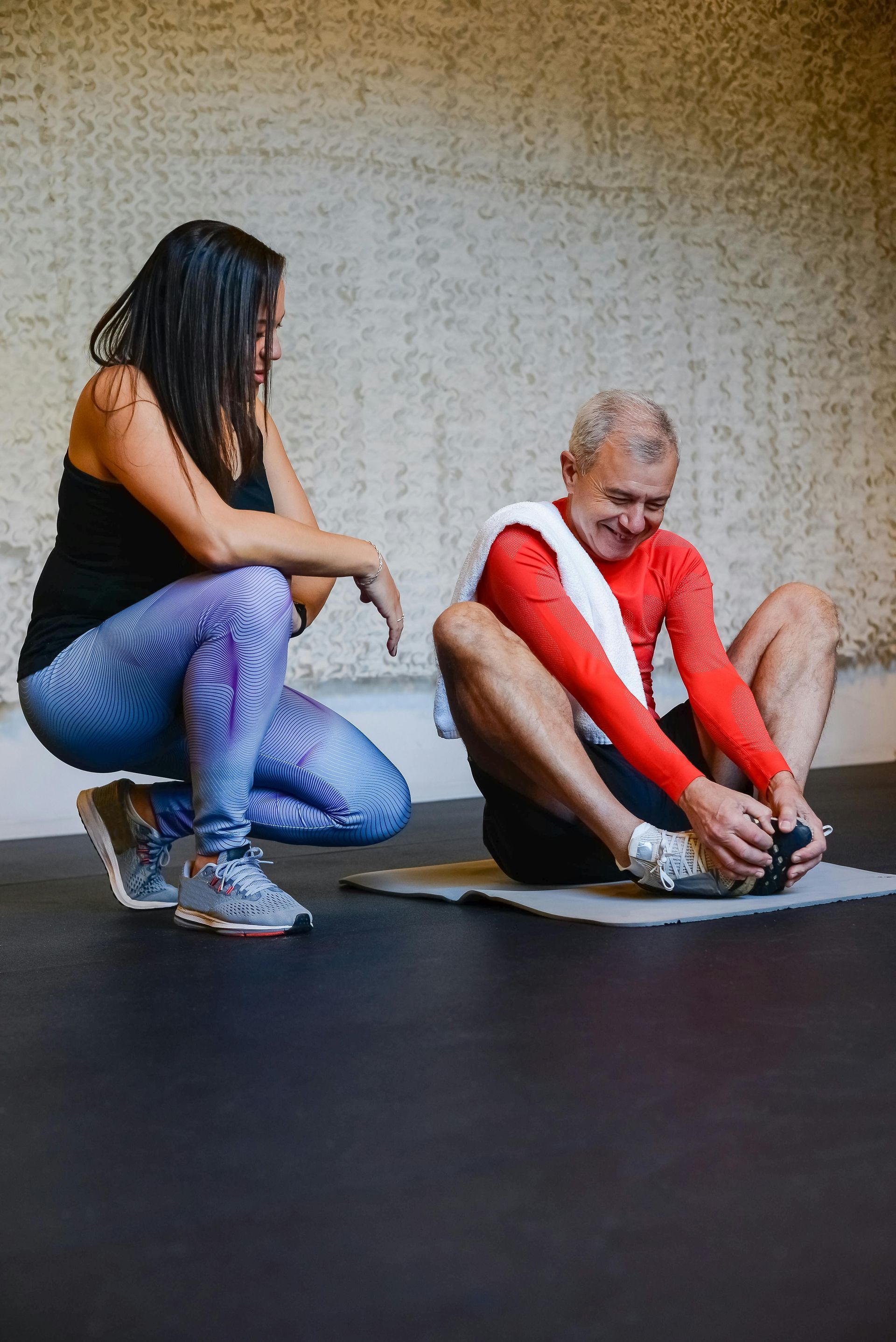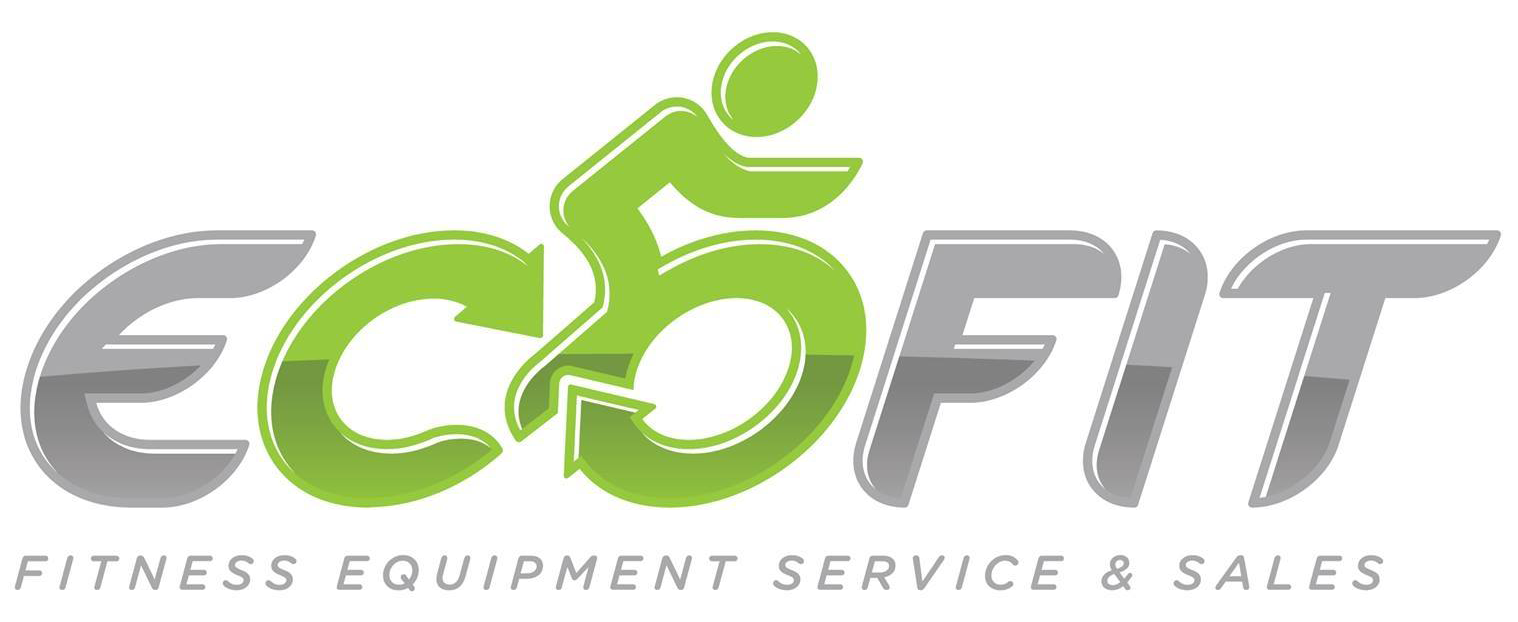The Shift to Strength Training: Why More People Are Lifting Weights in 2025
Something remarkable has happened in gyms across St. Louis and around the country. The once-intimidating weight rooms, traditionally dominated by serious bodybuilders and athletes, are now filled with people of all ages, backgrounds, and fitness levels. Doctors are prescribing deadlifts for their older patients. Parents are strength training alongside their teenagers. The cardio areas that once commanded prime gym real estate are increasingly sharing the spotlight with expanded strength zones.
This shift didn't happen overnight, nor is it simply the latest fitness fad. It represents a fundamental change in how we understand fitness, wellness, and the role of strength in our daily lives. For gym owners and fitness facility managers throughout the St. Louis region, this evolution presents both exciting opportunities and practical challenges—particularly when it comes to equipment selection, floor space allocation, and maintenance strategies.
Beyond the Cardio Plateau
For decades, cardiovascular exercise dominated mainstream fitness messaging. The image of health was someone jogging on a treadmill or pedaling a stationary bike. While cardiovascular health remains essential, the limitations of cardio-only fitness approaches have become increasingly apparent.
Many St. Louis gym members report hitting plateaus with cardio-focused routines—weight loss stalls, motivation wanes, and visible results diminish despite consistent effort. This experience reflects what research has long suggested: a comprehensive fitness approach requires more than just elevating your heart rate.
Strength training addresses many of these limitations. It builds metabolically active muscle tissue that enhances fat loss even at rest. It creates visible body composition changes that keep motivation high. It improves functional movement patterns that translate to daily activities. And perhaps most compelling for many new converts, it provides measurable progress metrics beyond the sometimes-frustrating number on the scale.
The Science Catches Up
The surge in strength training popularity coincides with a wealth of research highlighting its benefits beyond just building muscle. Regular resistance training has been linked to improved insulin sensitivity, better bone density, enhanced mental health, reduced injury risk, and even longevity markers like grip strength—now recognized as a powerful predictor of overall health as we age.
This evolving research has transformed how healthcare providers approach physical activity recommendations. Across the St. Louis medical community, from sports medicine specialists in Clayton to geriatric care providers in St. Charles, doctors are now actively prescribing strength training for conditions ranging from osteoporosis to depression to metabolic disorders.
The message from both research and medical professionals is clear: strength training isn't just for athletes or bodybuilders—it's a fundamental component of health for virtually everyone.
Demographic Shifts: Everyone's Lifting Now
Perhaps the most visible aspect of this strength training revolution is the diversification of who's showing up in the weight room. The stereotype of strength training being exclusively for young men pursuing muscle mass has been thoroughly dismantled.
St. Louis gym owners report significant increases in women using free weights and resistance machines, with many citing strength gains—not just weight loss—as their primary goal. Older adults are embracing resistance training for its functional benefits and anti-aging effects. Even teenagers are lifting more, as high school athletic programs increasingly emphasize strength foundations for all sports.
This demographic expansion has been accompanied by a cultural shift. Strength is increasingly celebrated across all populations. Social media platforms showcase diverse strength journeys, from grandmothers deadlifting to office workers discovering pull-ups for the first time. The message that strength belongs to everyone has taken hold, bringing new populations into weight rooms throughout the St. Louis area.
Equipment Evolution: Meeting the New Demand
As strength training has gone mainstream, equipment manufacturers have responded with innovations designed to make resistance training more accessible, effective, and engaging for this broader population.
Traditional strength equipment—barbells, dumbbells, power racks—remains in high demand and forms the foundation of any well-equipped facility. However, we're also seeing growing interest in equipment that bridges the gap for newer lifters: guided squat machines that teach proper movement patterns, plate-loaded equipment with adjustable start positions, and cable systems that allow for progressive resistance with reduced intimidation factor.
St. Louis facilities that have successfully navigated this shift emphasize the importance of equipment selection that serves diverse strength training approaches. This includes traditional free weights, machines for those who prefer more guidance, functional training tools like kettlebells and suspension trainers, and specialized equipment that addresses common movement limitations.
The key is creating an environment where everyone—from the experienced powerlifter to the grandmother beginning her strength journey—can find appropriate tools for their goals and abilities.
The Maintenance Imperative: Protecting Your Investment
With more people using strength equipment than ever before, maintenance has become a critical concern for facility operators. Unlike cardio equipment with primarily electronic components, strength equipment combines mechanical systems, cables, bearings, and upholstery—all of which require specific maintenance approaches.
This increased usage brings maintenance challenges that many St. Louis gym owners weren't prepared for. Equipment that once served a small percentage of members now experiences constant use across longer operating hours. The result? Accelerated wear and tear that can lead to premature replacement costs, safety concerns, and member dissatisfaction if not properly addressed.
EcoFit's comprehensive maintenance program has become an essential resource for facilities throughout the St. Louis region facing these challenges. Rather than waiting for equipment failure, our preventative approach identifies and addresses wear points before they lead to breakdowns. Regular tension adjustments for cables, bearing lubrication, upholstery inspection, and structural checks ensure that your strength equipment remains safe, functional, and appealing despite increased usage.
Our St. Louis-based maintenance teams have developed specialized protocols for high-traffic strength areas, with service schedules tailored to usage patterns rather than arbitrary calendar intervals. This data-driven approach ensures that maintenance resources are allocated efficiently while maximizing equipment lifespan and member experience.
Space Allocation: Reimagining Gym Layout
The strength training boom has prompted many St. Louis facilities to reconsider their floor plans and space allocation. Traditional layouts often dedicated prime real estate to cardio equipment while relegating strength areas to less desirable spaces. Today's successful gyms take a more balanced approach.
Strategic placement of strength zones improves traffic flow, reduces intimidation for newcomers, and creates better overall member experiences. Some facilities have created progressive strength areas that naturally guide members from more accessible machine options toward free weight zones as their confidence and experience grow.
Thoughtful spacing between equipment stations has also become essential as more diverse populations share strength areas. Equipment arranged too closely can create uncomfortable interactions, while excessive spacing wastes valuable floor area. The most successful layouts we've implemented across St. Louis strike this balance while considering factors like natural lighting, mirror placement, and access to accessories.
Training Support: The Human Element
Equipment alone doesn't create successful strength training environments. As more members explore resistance training, the need for knowledgeable guidance has grown proportionally. Investing in staff education around strength training principles, proper form, and programming for different populations pays dividends in both member satisfaction and risk management.
Many St. Louis facilities have found success with introductory strength training workshops that teach fundamental movements, equipment usage, and basic programming concepts. These sessions reduce barriers to entry while promoting safe, effective training practices. Some gyms have gone further, creating specific strength training zones with dedicated coaches available during peak hours to provide form checks and answering questions.
This human element complements your equipment investment by ensuring members use the resources correctly and safely—particularly important as strength training attracts more beginners unfamiliar with proper techniques.
Looking Forward: The Sustainable Strength Movement
All indicators suggest that the shift toward strength training represents a lasting change in fitness culture rather than a passing trend. The compelling benefits, growing accessibility, and measurable results have created a movement with staying power. For St. Louis facility operators, this means that strength equipment investments and space allocations should be approached as long-term strategic decisions.
The facilities that will thrive in this environment are those that create thoughtful strength training ecosystems—from equipment selection to staff training to maintenance protocols. Rather than viewing strength areas as simply collections of equipment, successful gyms approach them as comprehensive experiences designed to support members at every stage of their strength journey.
EcoFit's integrated approach helps St. Louis facilities navigate this shift successfully. From initial space planning through equipment selection, installation, and ongoing maintenance, we provide the expertise needed to create strength training environments that engage members while standing up to the increased demands of today's fitness landscape.
As more of your members discover the transformative effects of strength training, ensuring that your facility offers the right equipment, properly maintained and thoughtfully arranged, isn't just good business—it's essential for fulfilling your mission of supporting health and wellness throughout the St. Louis community.






